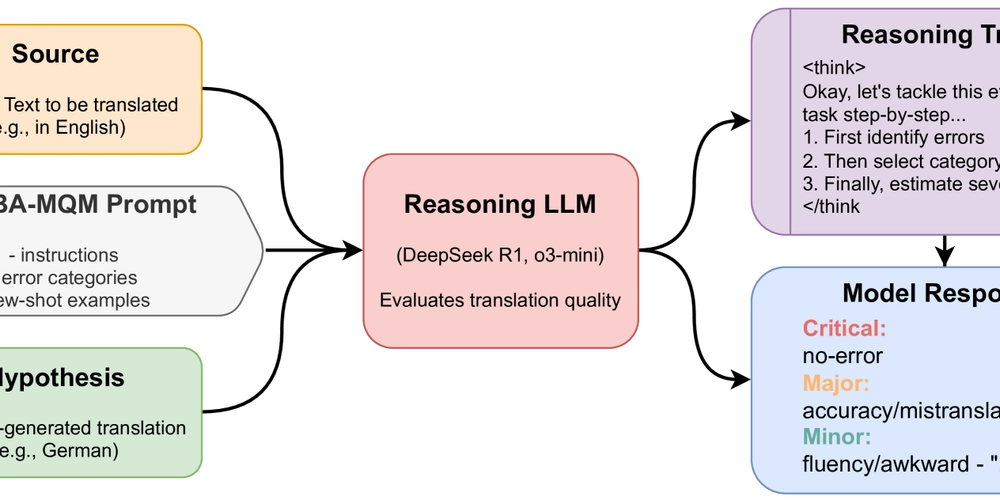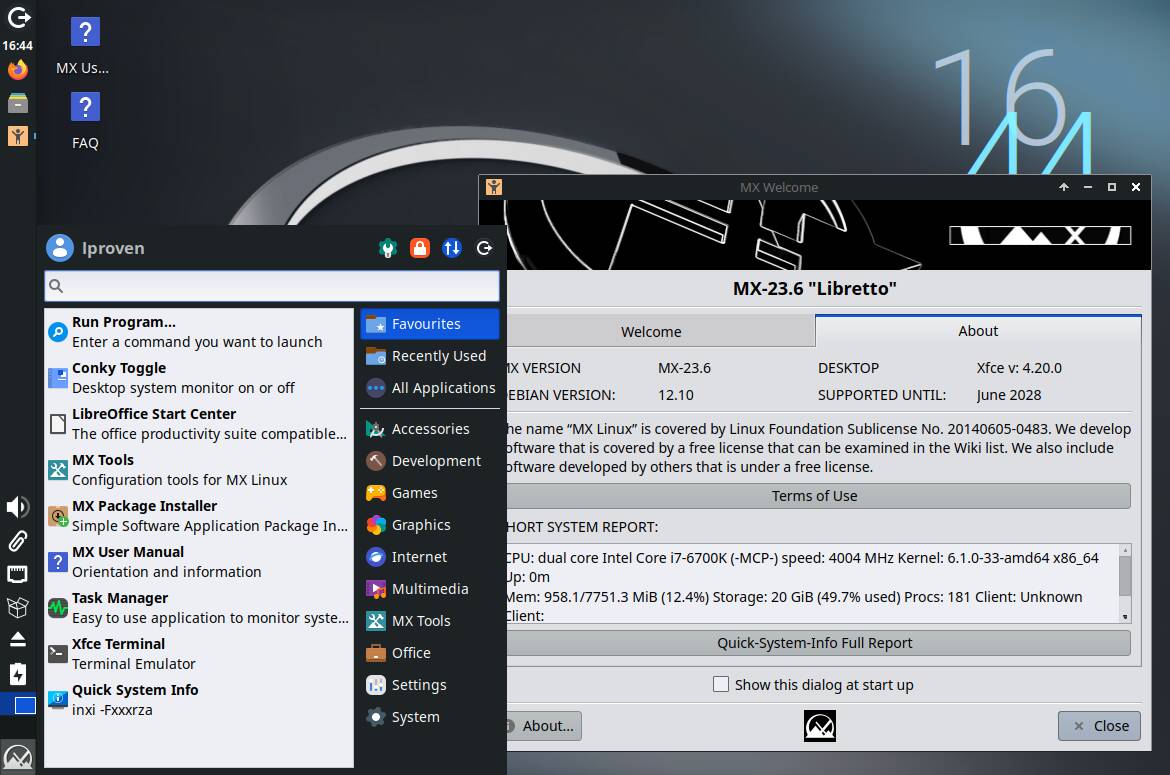You’re Doing It Wrong The Wake-Up Call That Changed Everything
The Stuck Developer My friend—let’s call him Hamza—was trapped. Not in a dramatic, cinematic way, but in the slow, soul-crushing grind of job applications, unanswered emails, and projects that vanished into the void. Every day, he sat in the same dimly lit café, headphones on, fingers flying over his keyboard, eyes hollow. His laptop hummed with life; he did not. I slid into the seat across from him, asking the same question I had for months: “Any responses?” A slow shake of his head. His gaze stayed locked on the screen, as if staring harder might summon an opportunity. Then—intervention. A man at the next table—mid-30s, beard, hoodie that read “Backend Never Dies”—turned toward us and said: “You’re doing it wrong.” Hamza and I froze. The stranger didn’t apologize. He stood, grabbed his coffee, and joined our table like he’d been invited. “Not trying to be rude,” he said. “But I’ve been where you are. And I see this every day.” His name was Alex.as he introduced, No last name, no LinkedIn plug—just Alex. A former telco engineer turned backend developer who’d helped a dozen juniors land jobs. Not by teaching them to code better, but by showing them what nobody else would. Hamza leaned in. So did I. The Hard Truths Alex asked what Hamza had built. “A blog API, a to-do app, some microservices…” A knowing smile. “Let me guess—FastAPI, PostgreSQL, maybe Docker, but nothing actually deployed? No README, no architecture diagrams, no proof of how you think?” Silence. Alex leaned back, locking eyes with Hamza. “Here’s your first truth: You’re not being ignored because you’re bad. You’re being ignored because you’re invisible.” “You’re solving problems no one sees. Building things that don’t break. No logs, no tests, no real-world mess. That’s not backend engineering—that’s just coding.” Then, the gut punch: “Have you ever debugged someone else’s broken code?” Hamza admitted he hadn’t. “Second truth: If you can’t navigate chaos, you’re not ready. Most juniors think the job is building. It’s not. It’s fixing.” Alex pulled out his phone, opened GitHub, and showed a repo—messy, imperfect, but alive. Daily commits. Failure logs. Diagrams. Notes on what went wrong. “Hard truth number three: Nobody cares what you can do in theory. They care what you’ve done when everything exploded.” Hamza swallowed. “Then… what do I change?” Alex didn’t hesitate. “Build ugly. Build broken. Deploy something that crashes—then show how you fixed it. Write logs. Document failures. Make your GitHub a war story, not a tutorial graveyard.” “Don’t apply to 100 jobs. Apply to 20—but make sure your work screams, ‘I solve real problems.’” Then, the final blow: “Stop calling yourself a ‘junior.’ Say you’re a backend developer. Act like one. Nobody hires people who look unsure. They hire people who ship.” With that, he stood, leaving one last piece of wisdom hanging in the air: “You don’t need permission. You need proof. Stack rejections like XP. At 50, you’ll be unstoppable.” And just like that—he was gone. The Turnaround That night, Hamsa deleted every half-finished project. He picked one idea—a Quran recitation tracker—and rebuilt it, differently. - Schema first. He mapped the database on paper before writing a single line. - Tests, logs, edge cases. He hunted for bugs instead of avoiding them. - Public deployment. He put it on Railway, documenting every failure. Six weeks later, a DM: “Saw your repo. We’ve got a junior backend role. You game?” He started two months ago. Now? When he sees stuck developers, he tells them what Alex told us. The Takeaway This isn’t about luck or genius. It’s about shifting your mindset: From “Please hire me” to “Here’s what I can do.” From “I need more tutorials” to “I need a messy project to fix.” From “I’m invisible” to “I’ll make you see me.” Being ignored isn’t rejection—it’s feedback. “You’re not visible yet.” You already know enough to build something real. The question is: Will it be another perfect, forgettable project—or something ugly, broken, and impossible to ignore? The Backend Growth Roadmap (Do This Now) Pick one real-world problem (e.g., Quran tracker, budget app, reminder system). Design your database first (think relationships, constraints, scale). Build → Break → Fix (embrace the mess). Add logs, tests, error handling (simulate production chaos). Deploy publicly (Railway, Render, Fly.io). Document everything (README, failure logs, architecture diagrams). Share with proof (Post it. Tag devs. Ask for brutal feedback.) Stop waiting for permission. Start building proof. Inspired? Tag a developer who needs this. Or better yet—open your IDE and build like it’s the project that gets you hired.

The Stuck Developer
My friend—let’s call him Hamza—was trapped.
Not in a dramatic, cinematic way, but in the slow, soul-crushing grind of job applications, unanswered emails, and projects that vanished into the void. Every day, he sat in the same dimly lit café, headphones on, fingers flying over his keyboard, eyes hollow. His laptop hummed with life; he did not.
I slid into the seat across from him, asking the same question I had for months: “Any responses?”
A slow shake of his head. His gaze stayed locked on the screen, as if staring harder might summon an opportunity.
Then—intervention.
A man at the next table—mid-30s, beard, hoodie that read “Backend Never Dies”—turned toward us and said:
“You’re doing it wrong.”
Hamza and I froze. The stranger didn’t apologize. He stood, grabbed his coffee, and joined our table like he’d been invited.
“Not trying to be rude,” he said. “But I’ve been where you are. And I see this every day.”
His name was Alex.as he introduced, No last name, no LinkedIn plug—just Alex. A former telco engineer turned backend developer who’d helped a dozen juniors land jobs. Not by teaching them to code better, but by showing them what nobody else would.
Hamza leaned in. So did I.
The Hard Truths
Alex asked what Hamza had built.
“A blog API, a to-do app, some microservices…”
A knowing smile.
“Let me guess—FastAPI, PostgreSQL, maybe Docker, but nothing actually deployed? No README, no architecture diagrams, no proof of how you think?”
Silence.
Alex leaned back, locking eyes with Hamza.
“Here’s your first truth: You’re not being ignored because you’re bad. You’re being ignored because you’re invisible.”
“You’re solving problems no one sees. Building things that don’t break. No logs, no tests, no real-world mess. That’s not backend engineering—that’s just coding.”
Then, the gut punch:
“Have you ever debugged someone else’s broken code?”
Hamza admitted he hadn’t.
“Second truth: If you can’t navigate chaos, you’re not ready. Most juniors think the job is building. It’s not. It’s fixing.”
Alex pulled out his phone, opened GitHub, and showed a repo—messy, imperfect, but alive. Daily commits. Failure logs. Diagrams. Notes on what went wrong.
“Hard truth number three: Nobody cares what you can do in theory. They care what you’ve done when everything exploded.”
Hamza swallowed. “Then… what do I change?”
Alex didn’t hesitate.
“Build ugly. Build broken. Deploy something that crashes—then show how you fixed it. Write logs. Document failures. Make your GitHub a war story, not a tutorial graveyard.”
“Don’t apply to 100 jobs. Apply to 20—but make sure your work screams, ‘I solve real problems.’”
Then, the final blow:
“Stop calling yourself a ‘junior.’ Say you’re a backend developer. Act like one. Nobody hires people who look unsure. They hire people who ship.”
With that, he stood, leaving one last piece of wisdom hanging in the air:
“You don’t need permission. You need proof. Stack rejections like XP. At 50, you’ll be unstoppable.”
And just like that—he was gone.
The Turnaround
That night, Hamsa deleted every half-finished project. He picked one idea—a Quran recitation tracker—and rebuilt it, differently.
- Schema first. He mapped the database on paper before writing a single line.
- Tests, logs, edge cases. He hunted for bugs instead of avoiding them.
- Public deployment. He put it on Railway, documenting every failure.
Six weeks later, a DM:
“Saw your repo. We’ve got a junior backend role. You game?”
He started two months ago.
Now? When he sees stuck developers, he tells them what Alex told us.
The Takeaway
This isn’t about luck or genius. It’s about shifting your mindset:
- From “Please hire me” to “Here’s what I can do.”
- From “I need more tutorials” to “I need a messy project to fix.”
- From “I’m invisible” to “I’ll make you see me.”
Being ignored isn’t rejection—it’s feedback. “You’re not visible yet.”
You already know enough to build something real. The question is:
Will it be another perfect, forgettable project—or something ugly, broken, and impossible to ignore?
The Backend Growth Roadmap (Do This Now)
Pick one real-world problem (e.g., Quran tracker, budget app, reminder system).
Design your database first (think relationships, constraints, scale).
Build → Break → Fix (embrace the mess).
Add logs, tests, error handling (simulate production chaos).
Deploy publicly (Railway, Render, Fly.io).
Document everything (README, failure logs, architecture diagrams).
Share with proof (Post it. Tag devs. Ask for brutal feedback.)
Stop waiting for permission. Start building proof.
Inspired? Tag a developer who needs this. Or better yet—open your IDE and build like it’s the project that gets you hired.











































































































































































![[The AI Show Episode 144]: ChatGPT’s New Memory, Shopify CEO’s Leaked “AI First” Memo, Google Cloud Next Releases, o3 and o4-mini Coming Soon & Llama 4’s Rocky Launch](https://www.marketingaiinstitute.com/hubfs/ep%20144%20cover.png)










































































































































































































![GrandChase tier list of the best characters available [April 2025]](https://media.pocketgamer.com/artwork/na-33057-1637756796/grandchase-ios-android-3rd-anniversary.jpg?#)










































.png?width=1920&height=1920&fit=bounds&quality=70&format=jpg&auto=webp#)


























.webp?#)































































































![Foldable e-ink readers are a thing now [Gallery]](https://i0.wp.com/9to5google.com/wp-content/uploads/sites/4/2025/04/mooink-v-foldable-e-ink-1.jpg?resize=1200%2C628&quality=82&strip=all&ssl=1)










![New Beats USB-C Charging Cables Now Available on Amazon [Video]](https://www.iclarified.com/images/news/97060/97060/97060-640.jpg)

![Apple M4 13-inch iPad Pro On Sale for $200 Off [Deal]](https://www.iclarified.com/images/news/97056/97056/97056-640.jpg)





































































































































![React Native - Make your app appear in your device's file picker [Expo Modules]](https://media2.dev.to/dynamic/image/width=800%2Cheight=%2Cfit=scale-down%2Cgravity=auto%2Cformat=auto/https%3A%2F%2Fdev-to-uploads.s3.amazonaws.com%2Fuploads%2Farticles%2Fi0o9wo63rvdio1tk5vd3.png)
